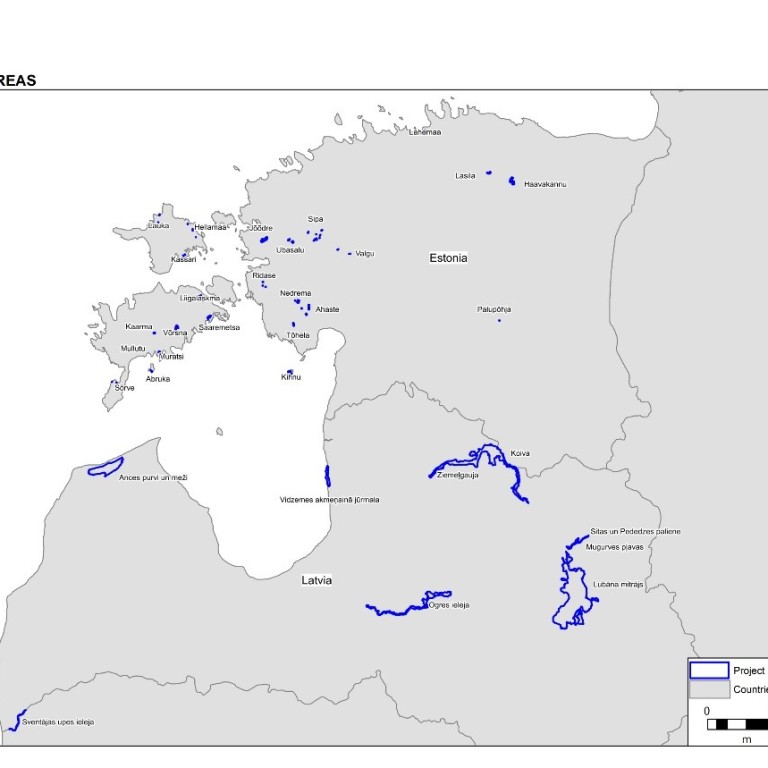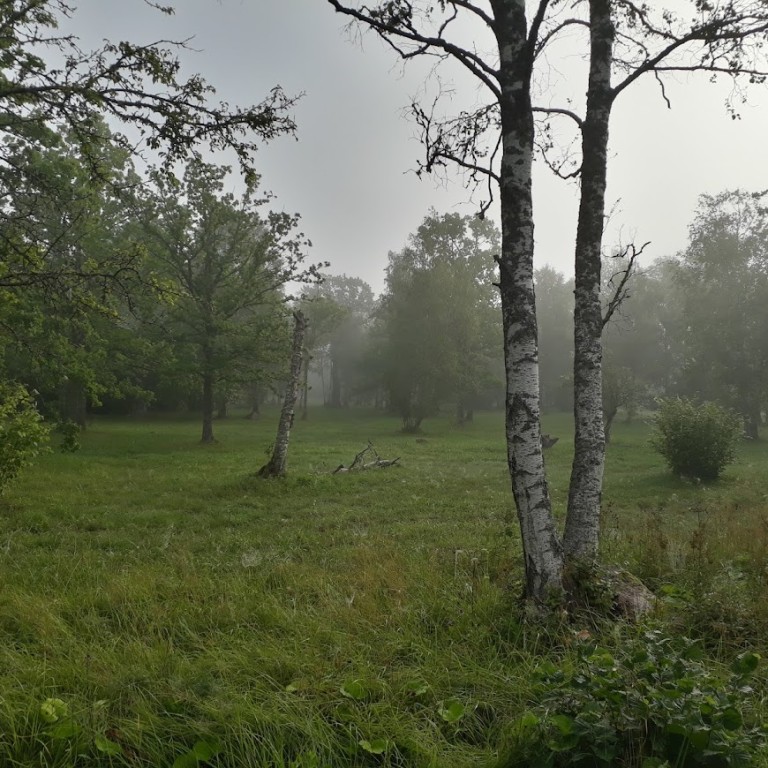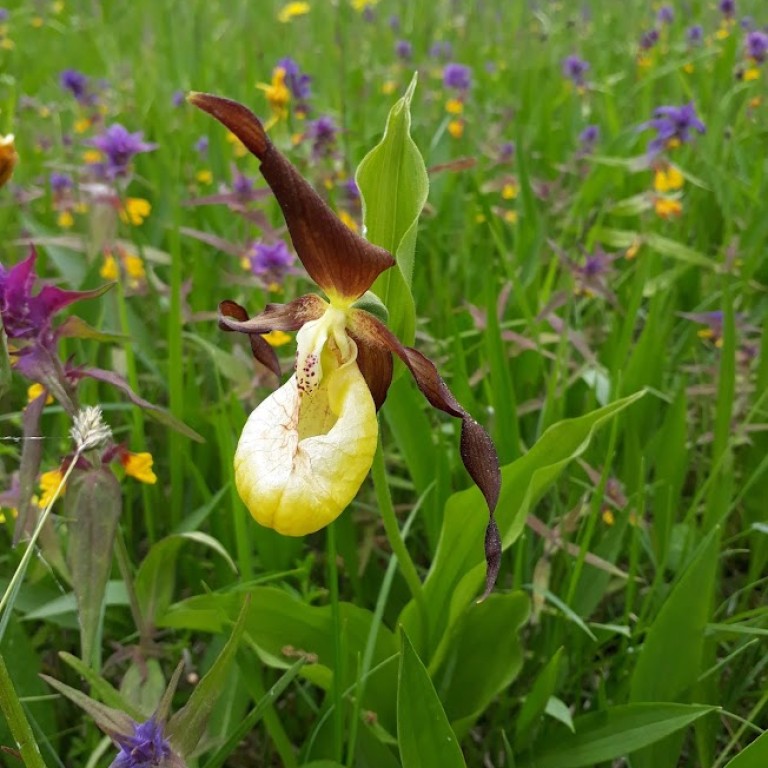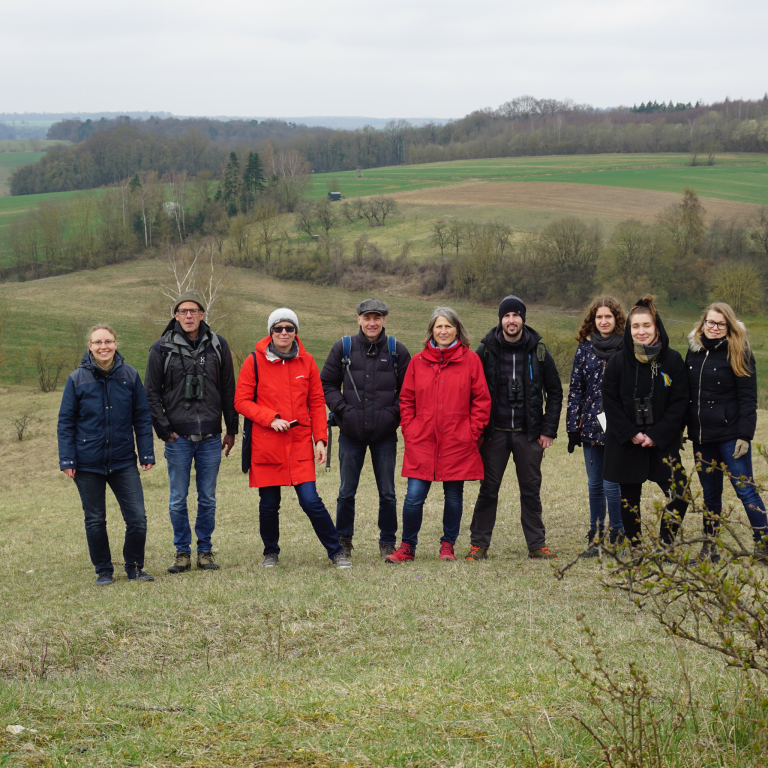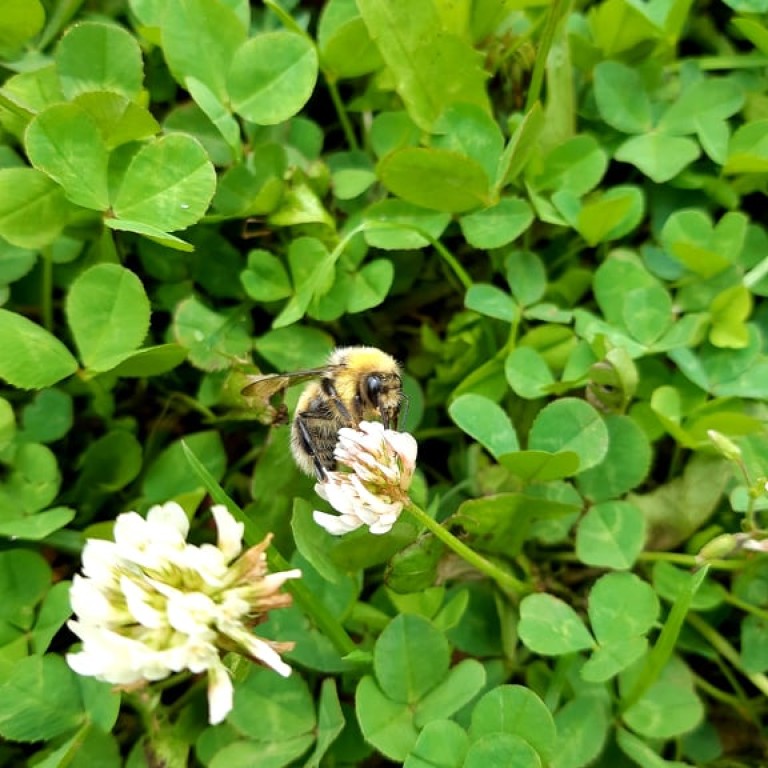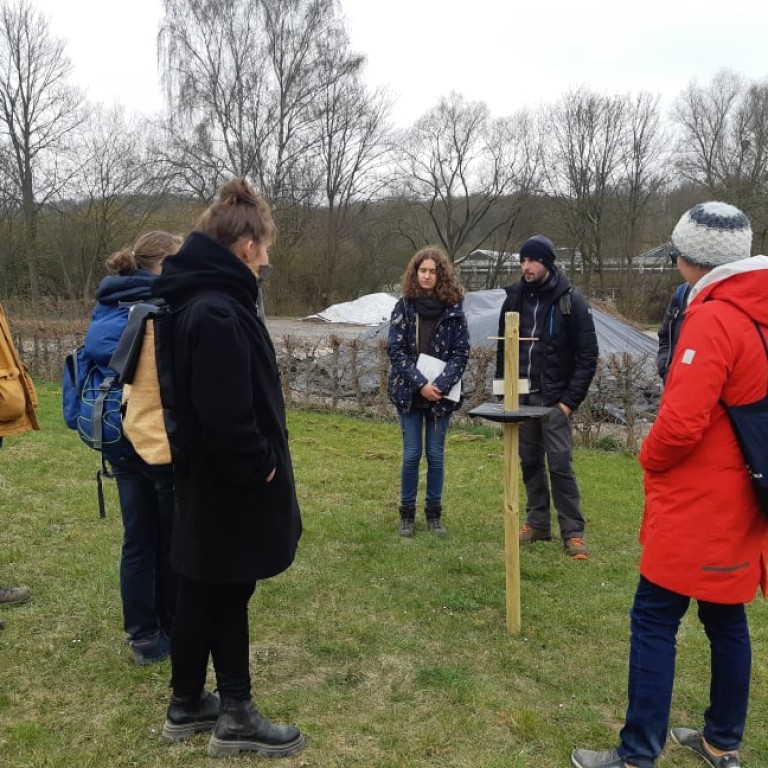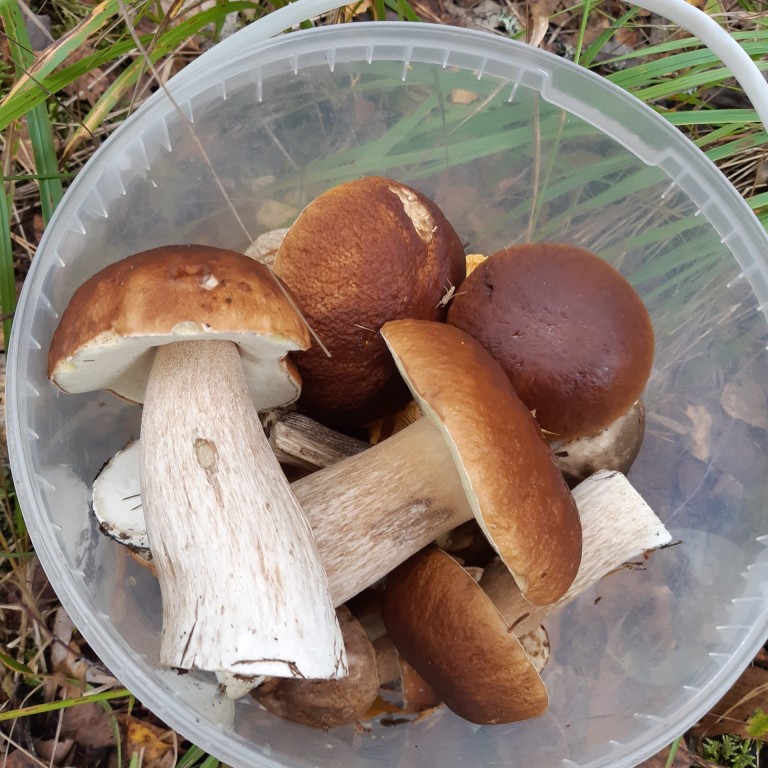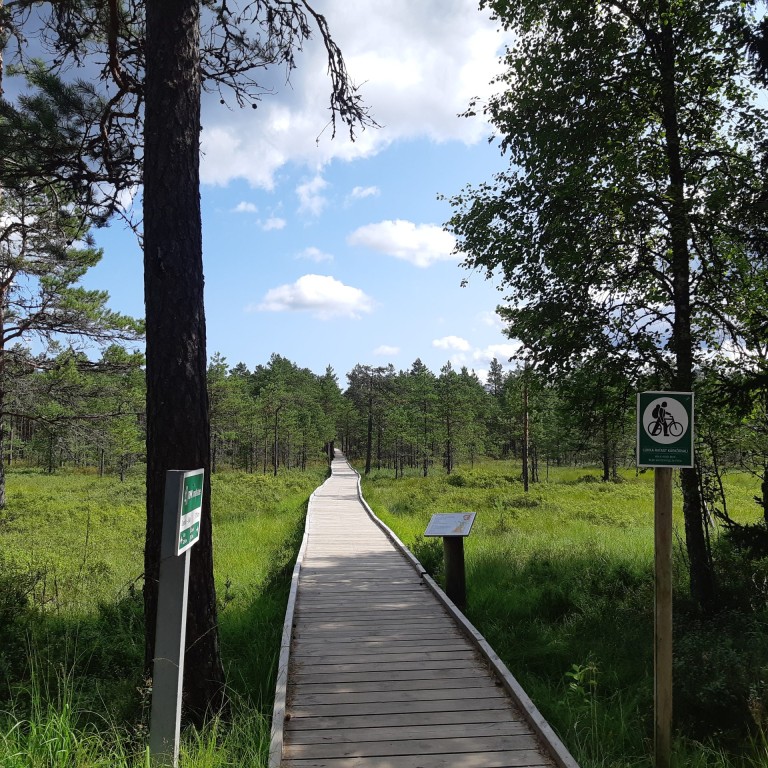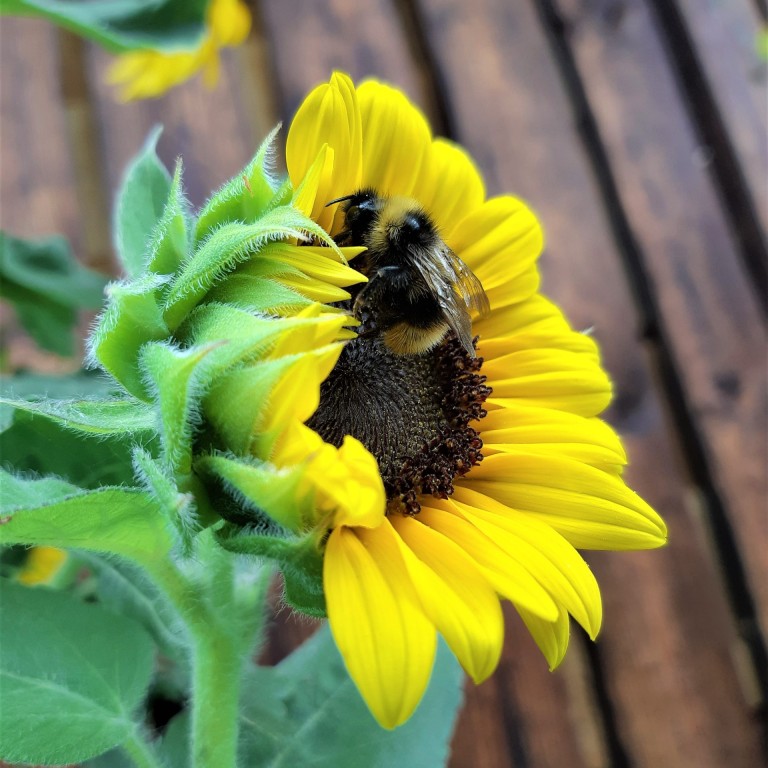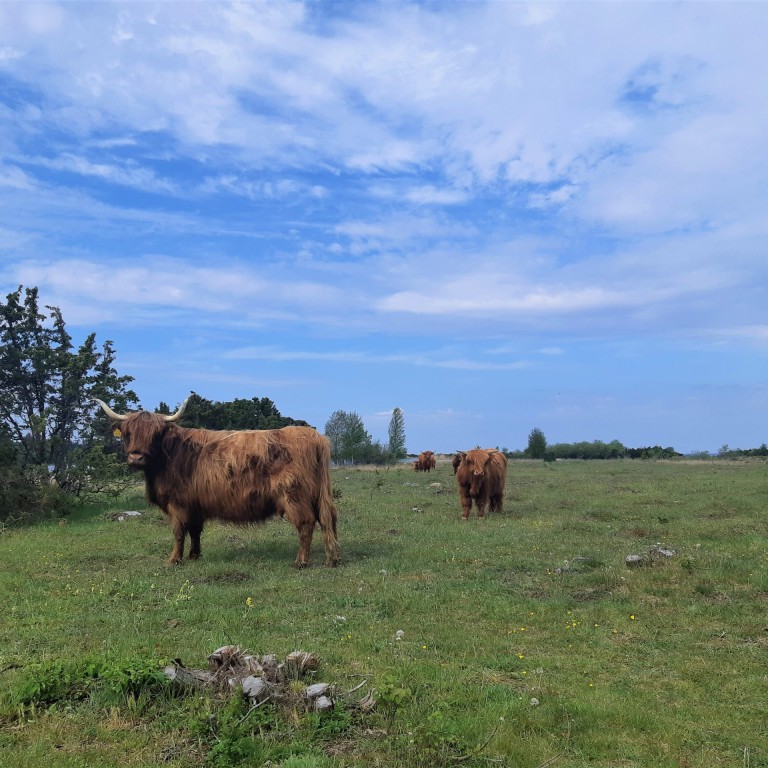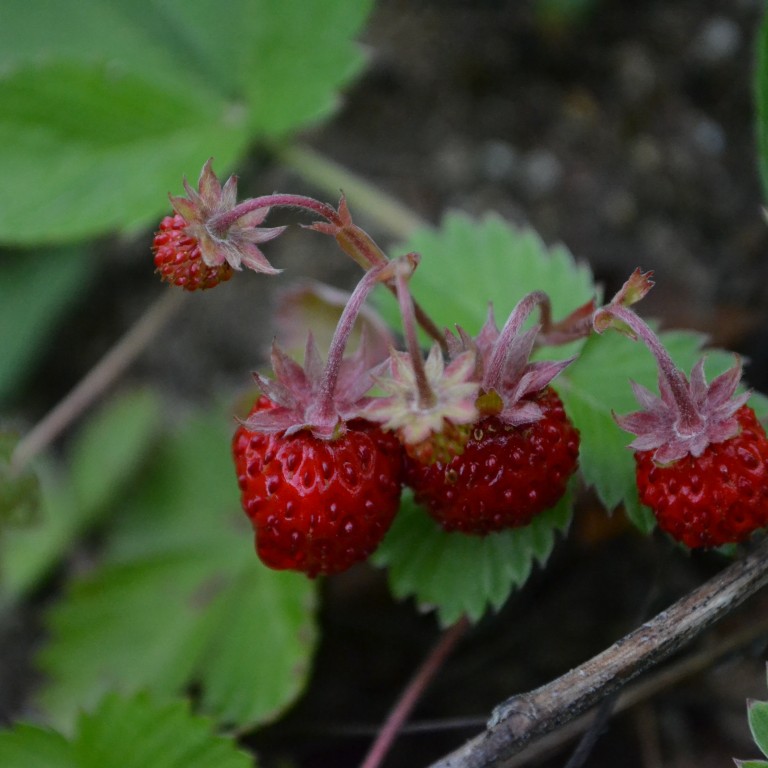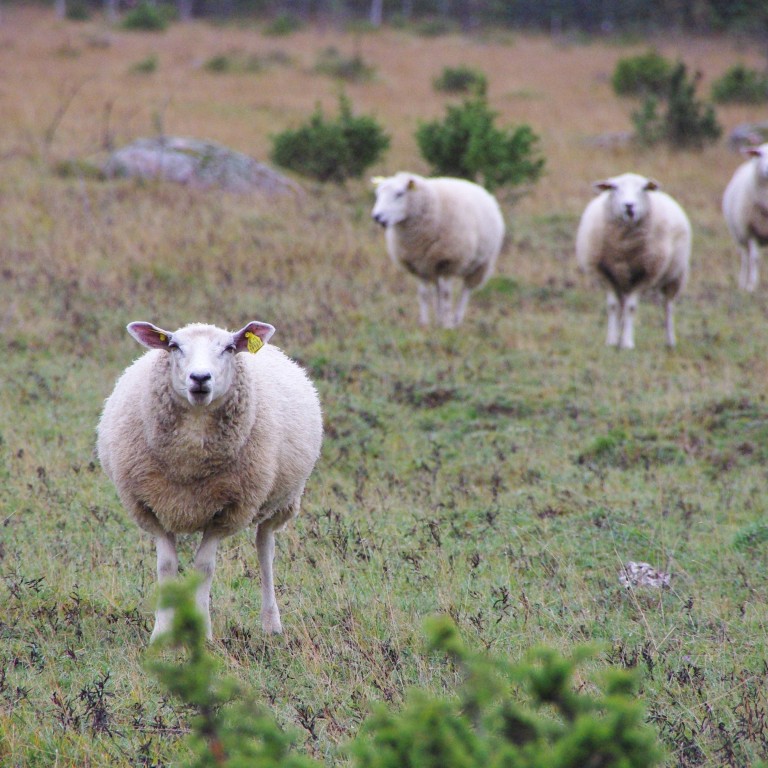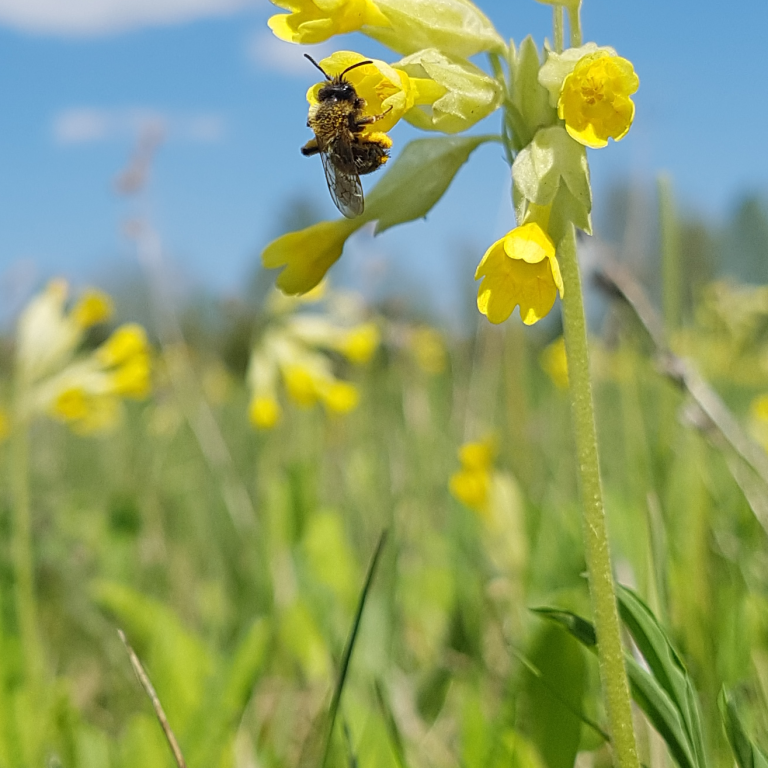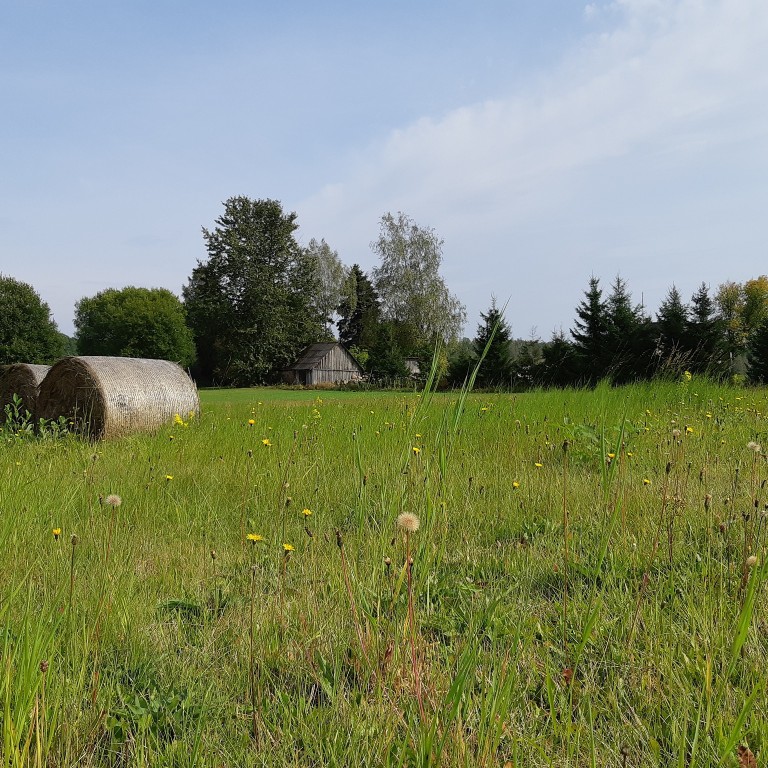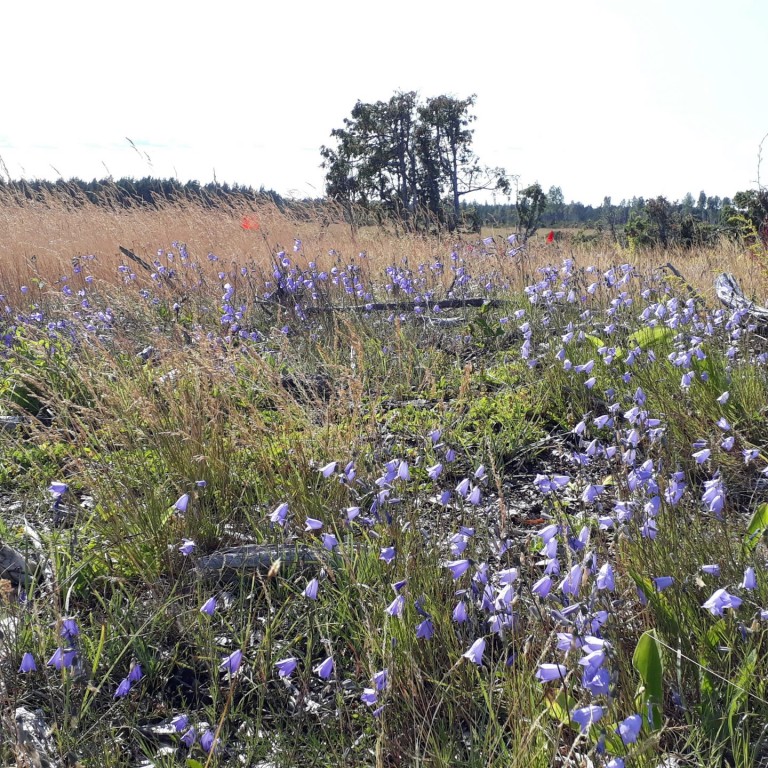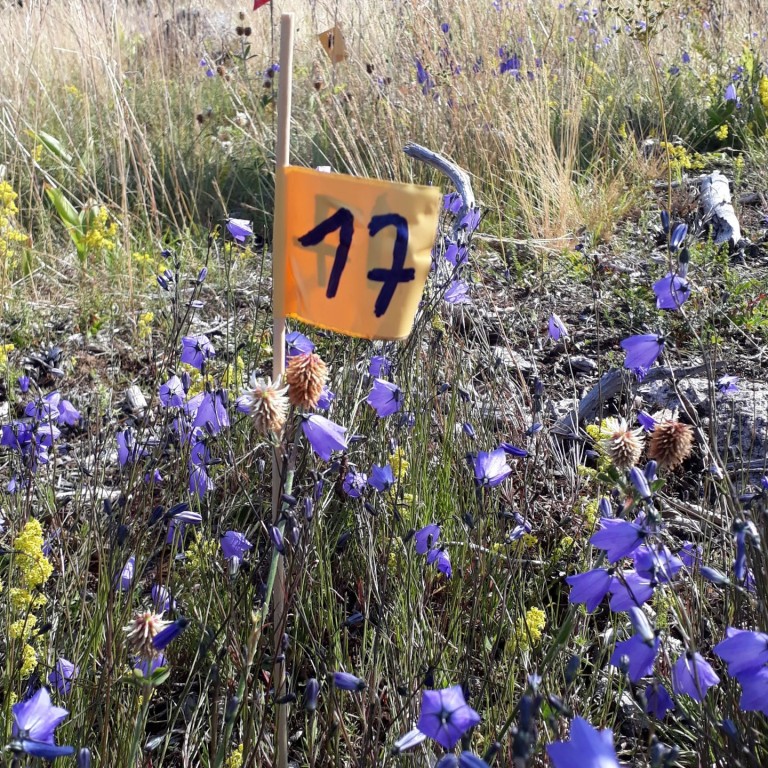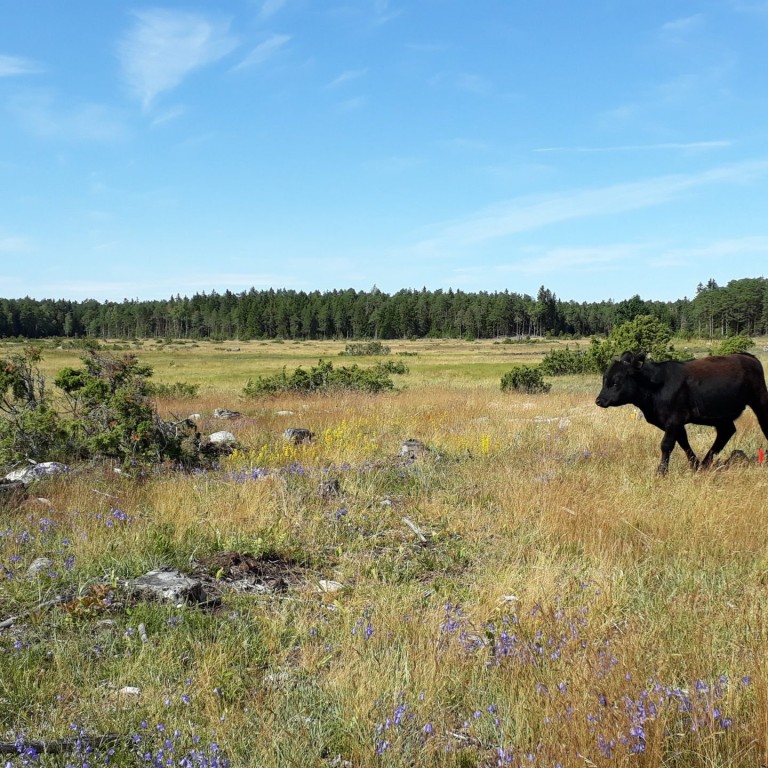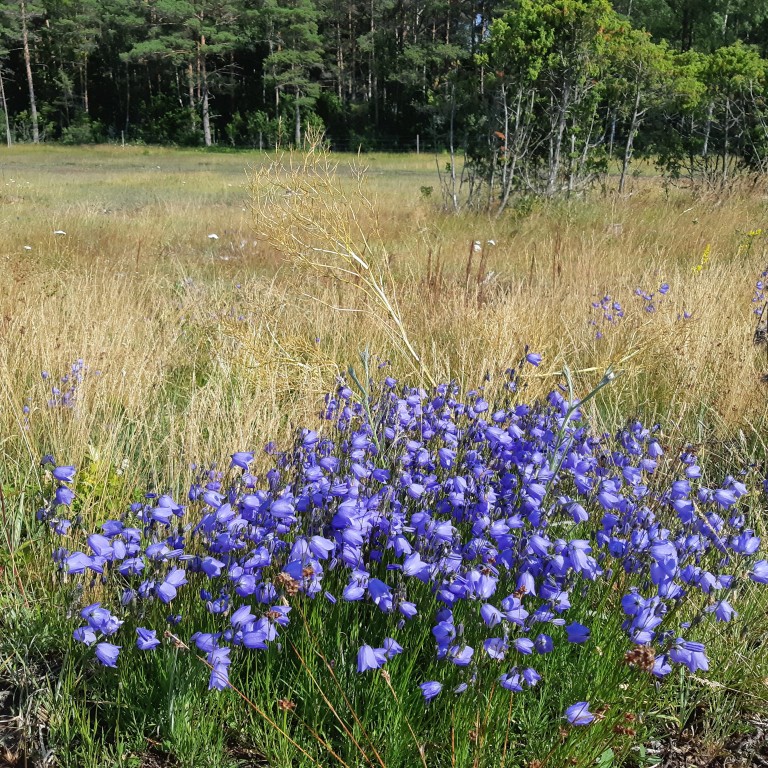Restoring EU priority grassland habitats and building a new narrative for their management (GrassLIFE2)
All grassland habitats of EU importance in Latvia are currently in an unfavourable/bad conservation status, with a declining (U2-) trend. It is due to a long-term neglect of the semi-natural grassland habitats that led to a dramatic decrease in total coverage of semi-natural grasslands, fragmentation, and poor quality of habitats, exacerbated by other urgent problems, such as lack of capacity and means for restoration and management, difficult accessibility and management conditions on some of the grasslands, lack of practical knowledge on restoration, low prestige for nature farming, and lack of political will and financial incentives for grasslands.
GrassLIFE2 is a continuation of GrassLIFE project LIFE16NAT/LV/262 that has successfully introduced a range of innovative restoration approaches in Latvia, while restoring 1,320 ha of EU priority grassland habitats in fourteen Natura 2000 sites. The objective of GrassLIFE2 project is to upscale the work done in GrassLIFE and tackle all major factors that have led to an unfavourable conservation status of grassland habitats in Latvia. We plan to implement a coherent package of actions, starting from best-practice restoration, to testing, assessing, fine-tuning, and applying innovative grassland restoration methods in the Latvian context.
The project targets five priority grassland habitats of EU importance: 1630*, 6120*, 6210*, 6230*, and 6270*, and will restore 1,260 ha of EU priority habitats in eleven Natura 2000 sites. The direct restoration impact will be multiplied by means of replication to other EU countries and in Latvia, demonstration and targeted communication. Project restoration areas are eleven Natura 2000 sites of core importance for the connectivity of target grassland habitats in Latvia. They were selected, based on Latvian PAF and on GrassLIFE connectivity model. The project directly supports the implementation of EU Habitats Directive and EU Biodiversity Strategy 2030.
Principal Investigator: Aveliina Helm
Partnerid: Latvian Fund for Nature (Coordinator), Latvian University, Vides Risinajumu Instituts Nodibinajums, Krastini - Valkas rajona Valkas pagasta zemnieku saimnieciba, SIA MATRICARI, SIA "3Dpro", ZS Veckigli, Praulienas pagasta zemnieku saimnieciba "Kalna Rubeni", Vetras, SIA Ruksi, ZS Varpurves, SIA Sita Nature park, SIA STRAUMES GG, Viss.lv SIA
Financing: LIFE´i programme
Duration: 01.01.2023–31.12.2028
Total Eligible Budget: 7,514,242 €
Read more at project webpage.
